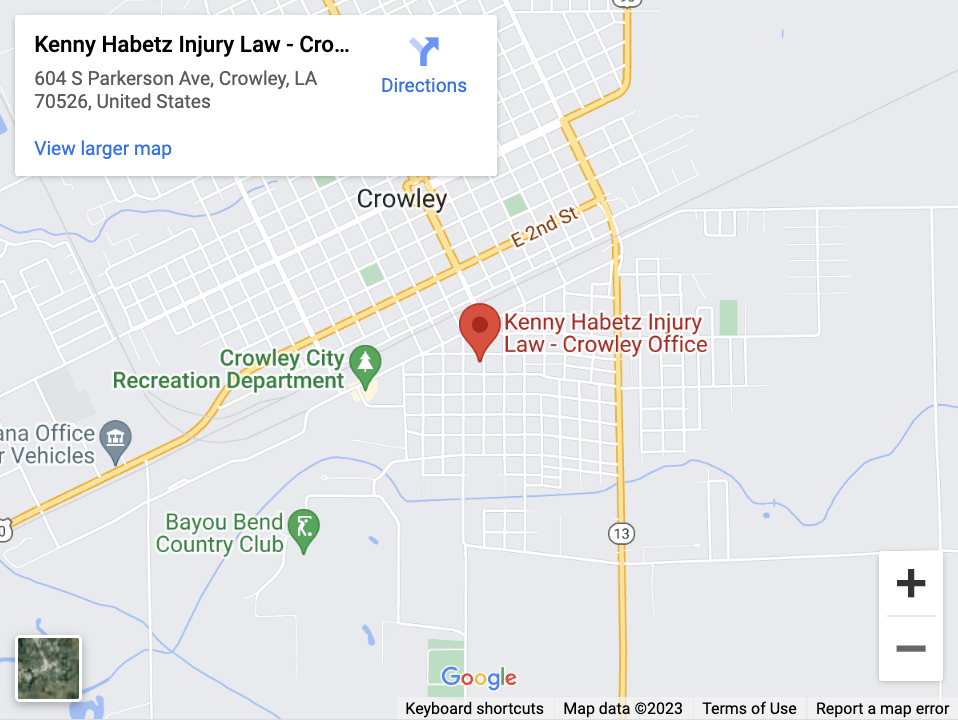
Soft tissue injuries might seem minor. Some insurance companies may even downplay your soft tissue injuries, dismissing them as fake or exaggerated to pad your compensation claim.
But soft tissue injuries are real. They produce pain and limit your activities. They may even cause disabling conditions that prevent you from working, caring for your needs, or even sleeping comfortably.
What Does Your Musculoskeletal System Do?

Soft tissues are part of your musculoskeletal system. Even though you have many tissues in your body that have a soft texture, they are not technically “soft tissues.” For example, doctors do not classify skin, blood vessels, and nerves as soft tissues because they belong to the immune, circulatory, and nervous systems, respectively.
The musculoskeletal system includes two types of tissues. Bones incorporate calcium and phosphorus into their cell walls. These minerals give the bones their rigid structure. Bones provide the scaffolding for your body to maintain its shape.
Soft tissues make up the rest of the musculoskeletal system. Soft tissues cooperate with the bones to give your body its form, strength, and movement.
The soft tissues include:
Ligaments
Ligaments hold bones together at the joints. Ligaments are strong, elastic cords that guide joint movement and help the bones spring back into position when you move. For example, the ligaments in your elbow prevent your forearm from bending backward, damaging the joint.
Muscles and Tendons
Muscles move your body by contracting and relaxing. Tendons attach your muscles to the skeleton so they can use the rigid bones for leverage as they move you. Muscles also give your body strength. When you lift something, your muscles, tendons, ligaments, and bones cooperate to apply the lifting force to the object.
Cartilage
Cartilage is made from collagen proteins. Cartilage serves two purposes. First, it lines your joints to prevent the bones from wearing out. The smooth, tough cartilage lining the joint cushions and protects the bones from grinding against each other. It also lubricates the joint so the bones can move smoothly.
Second, cartilage provides a structure where you have no bones. For example, cartilage forms your nose and ears.
Fascia
A fascia is a tough membrane that surrounds your muscles. They hold the muscles together. They also protect the muscles from rubbing against other structures in your body and wearing out.
What Can Lead to a Soft Tissue Injury?
Trauma can damage the soft tissues in many ways, including:
Hyperextension Injury
Hyperextension happens when an accident causes your soft tissues to stretch too far. The stretching can deform the soft tissues. It can even cause the tissues to tear partially or completely.
Hyperextension injuries can happen in almost any accident. When you lose your footing in a slip and fall accident, you could hyperextend your knee. Similarly, you might hyperextend your neck as your head whips back and forth during a car accident.
Blunt Force Injury
Blunt force injuries happen when something impacts you without piercing your skin. When a car knocks you down and runs over your arm in a pedestrian accident, you will probably suffer blunt force injuries.
Penetrating Injury
Penetrating injuries leave an open wound. Penetrating soft tissue injuries include deep lacerations, puncture wounds, and abrasions. A workplace accident involving a sharp tool can produce these types of injuries.
What Types of Soft Tissue Injuries Can a Person Sustain?
Soft tissue injuries can take many different forms depending on the tissues that get injured and the severity of the damage. Examples of soft tissue injuries include:
Bruises
Bruises result from blunt force trauma. Blood vessels in the soft tissues rupture and cause the soft tissues to swell and discolor. They also produce mild to moderate pain. In most cases, bruises will heal within a week or so without any medical treatment.
Lacerations
Lacerations result from penetrating trauma. Lacerations can sever the fibers of the soft tissues. As a result, you may experience pain and weakness. Lacerations can also damage nerves and blood vessels, causing bleeding and nerve damage.
The open wound created by a laceration can become infected. Bacteria invading the body release toxins. In response, your body triggers inflammation and fever. Even when doctors repair the laceration, you could still suffer long-term health issues or even death from the infection.
Strains
Strains happen when you hyperextend muscles or tendons.
Symptoms of a strain include:
- Muscle pain and stiffness
- Weakness
- Muscle spasms
- Swelling
Mild strains typically do not need medical treatment. Your muscles and tendons will recover from a mild strain in four to six weeks with home care. A full-thickness tear may require surgery and physical therapy after you heal.
Sprains
Sprains happen when you hyperextend a ligament. Although most people use the terms sprain and strain interchangeably, they differ in their symptoms.
A sprain will cause:
- Joint pain and limited range of joint motion
- Joint inflammation
- Bruises
- A popping sensation at the time of injury
Sprains are more serious injuries than strains. A torn anterior cruciate ligament (ACL) is a type of sprain that affects a knee ligament. A mild sprain will heal with home care, but a severe sprain will often require surgery and several months of recovery.
Torn Cartilage
Cartilage can tear when you hyperextend a joint.
Torn cartilage will cause:
- Joint pain
- Inflammation
- Clicking or hitching in the joint
Cartilage heals very slowly. As a result, you may experience symptoms of torn cartilage for years or longer. You may also need surgery to remove any loose or floating pieces of cartilage that remain in the joint.
What Compensation Can You Obtain for a Soft Tissue Injury?
You can pursue compensation for a soft tissue injury in certain situations. Work-related soft tissue injuries may entitle you to workers’ compensation benefits. And you can pursue a personal injury claim if you have soft tissue injuries that resulted from someone else’s negligent actions.
If you succeed in proving negligence in an injury claim, you can get compensation for your economic losses, such as your medical costs and lost income. You can also get compensation for the impact of the injuries on your quality of life. These non-economic losses cover the pain, mental anguish, and disability you suffered. Soft tissue injuries can cause chronic pain and permanent disabilities. To learn about the compensation you can seek for your soft tissue injuries, contact Kenny Habetz Injury Law at (337) 399-9000 for a free consultation.


